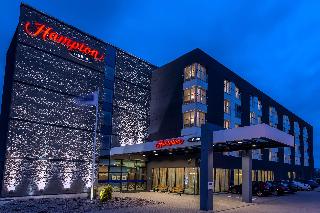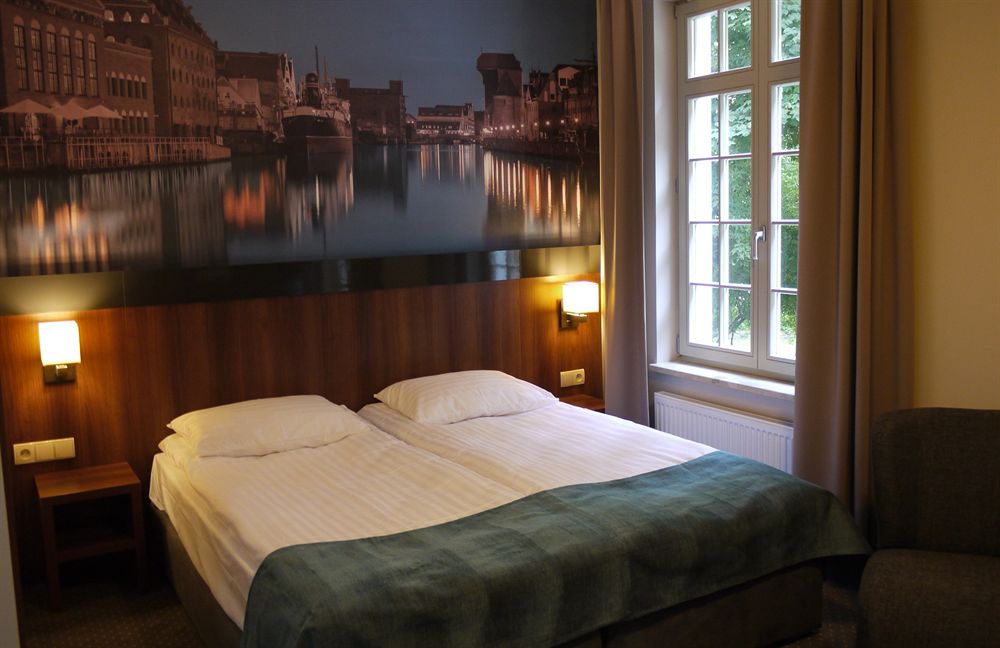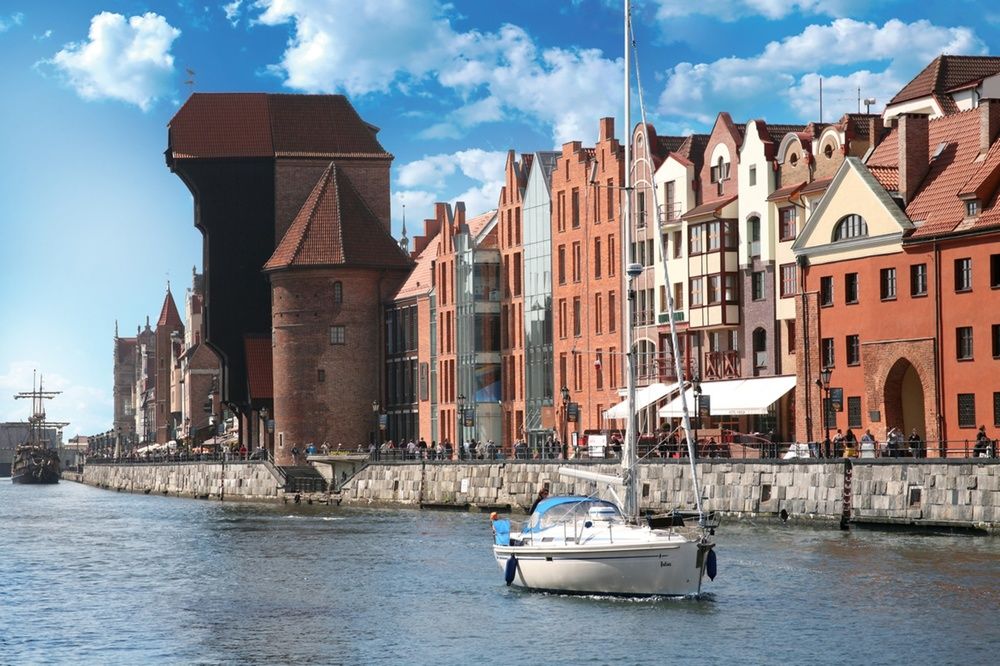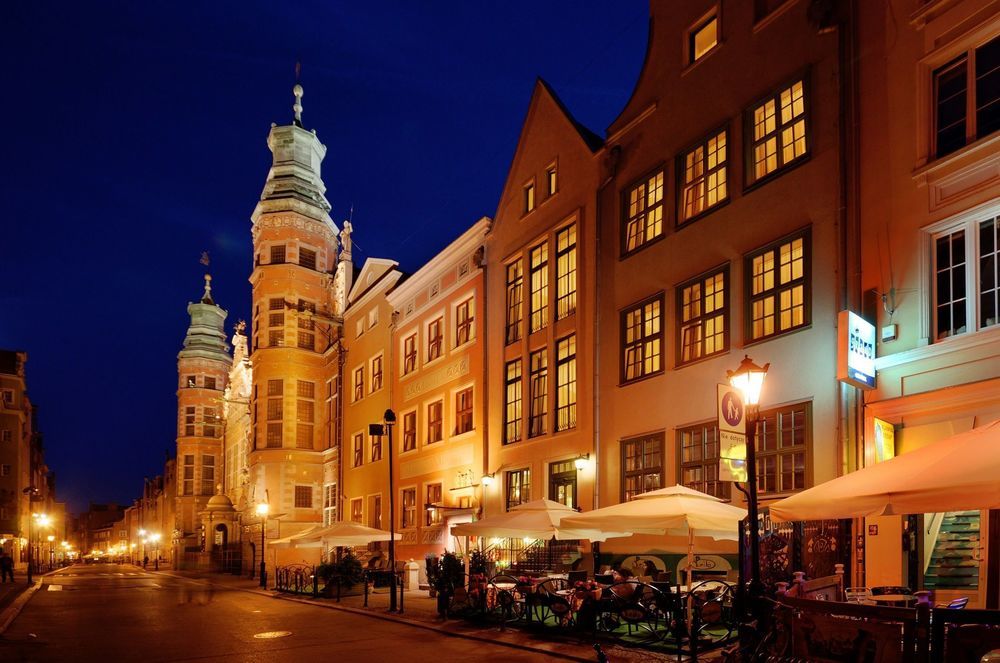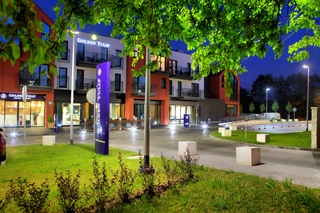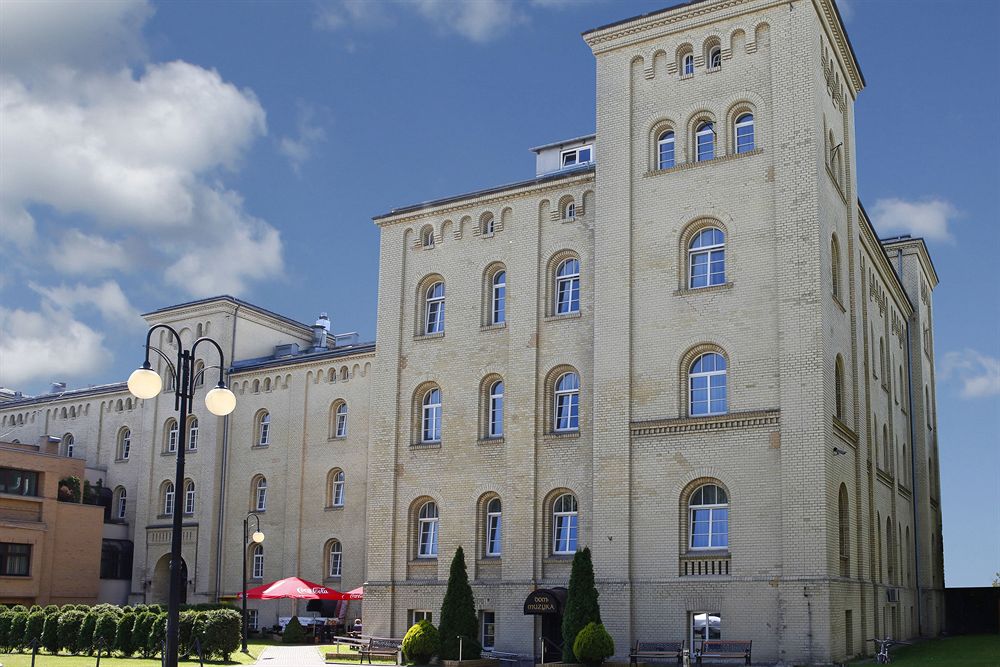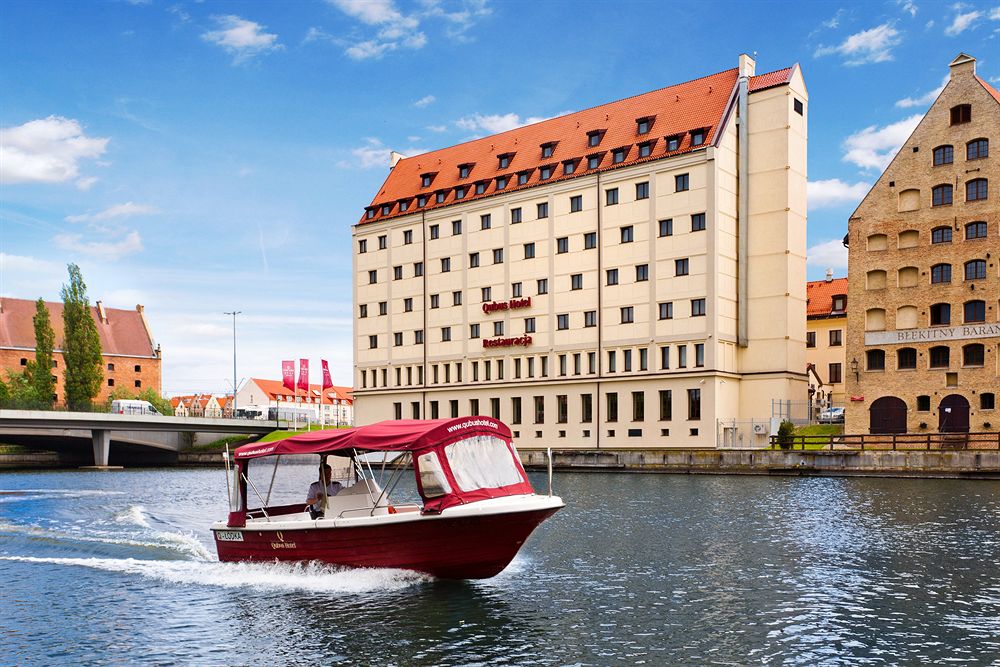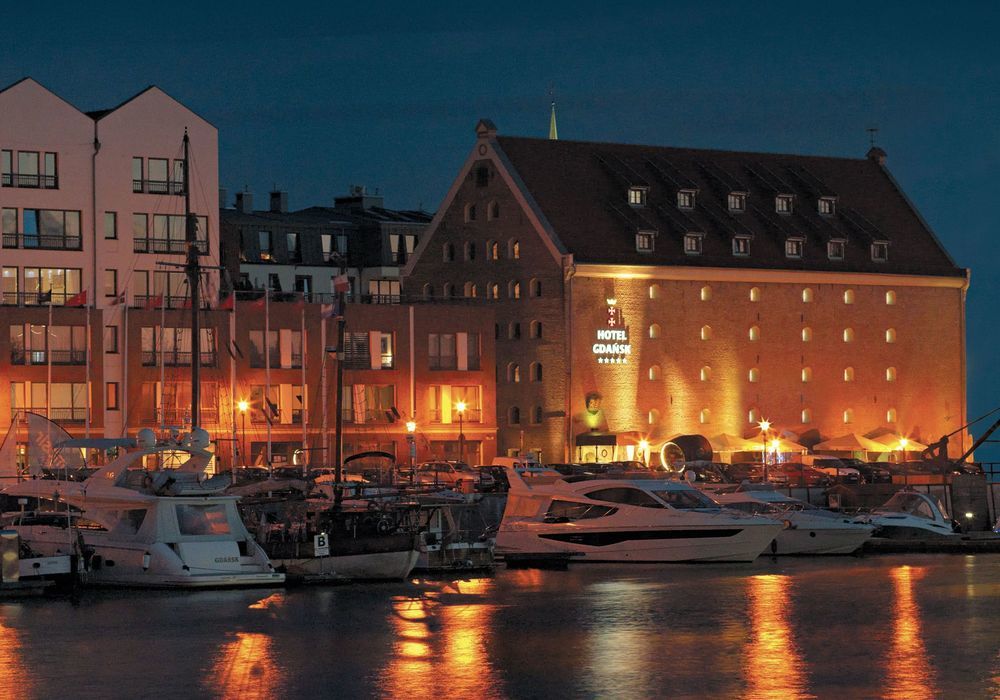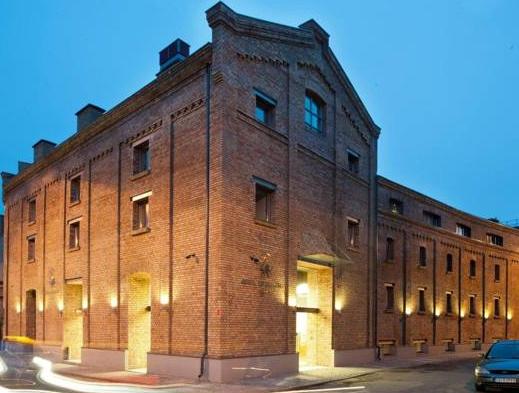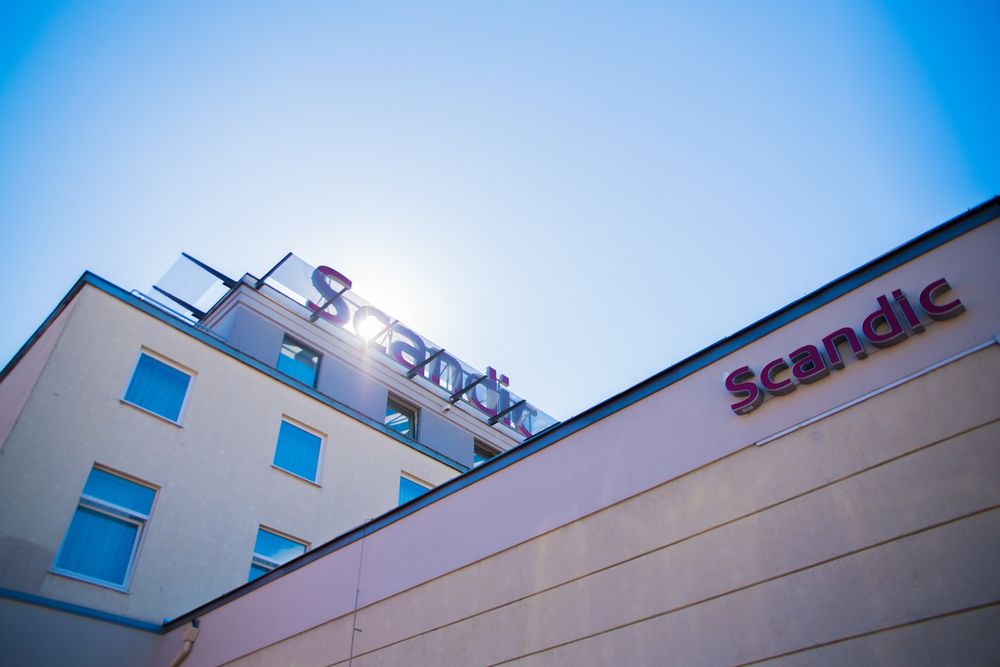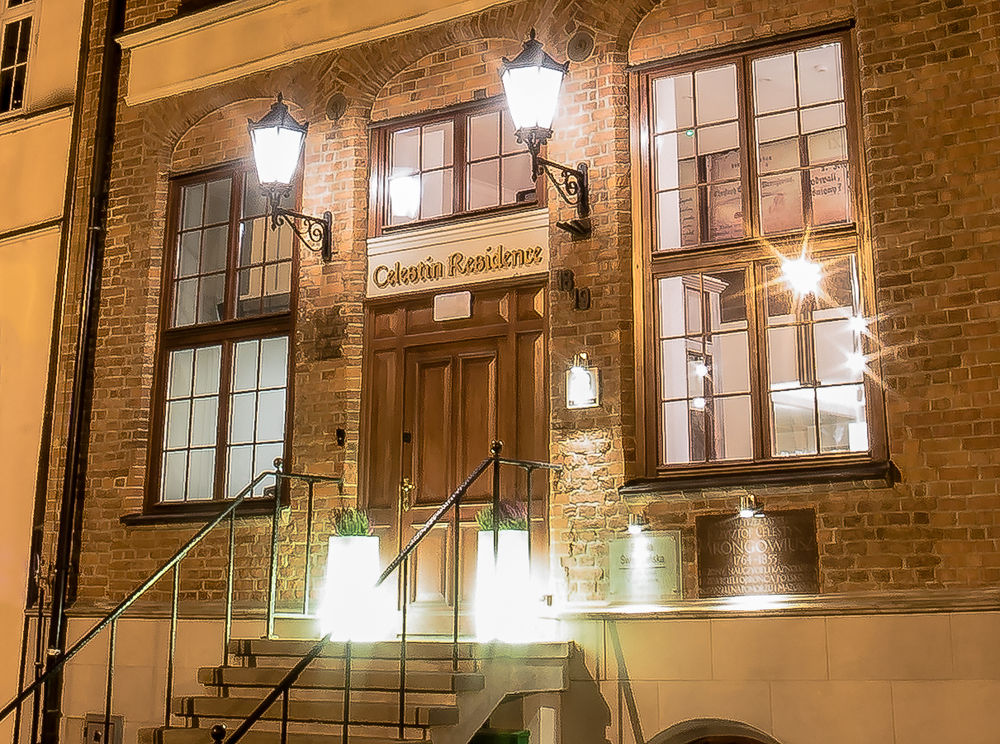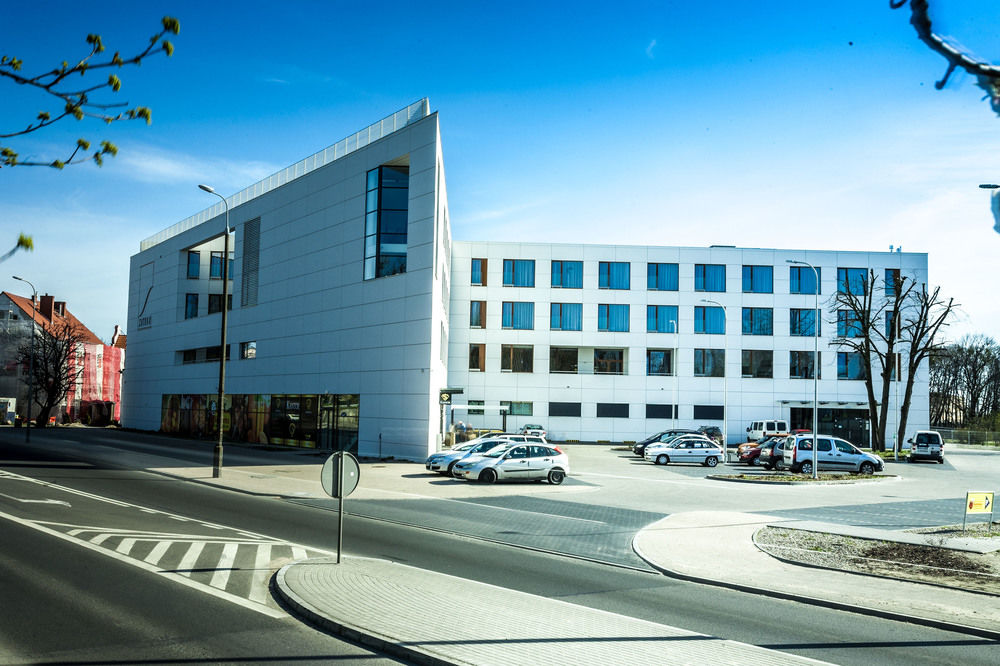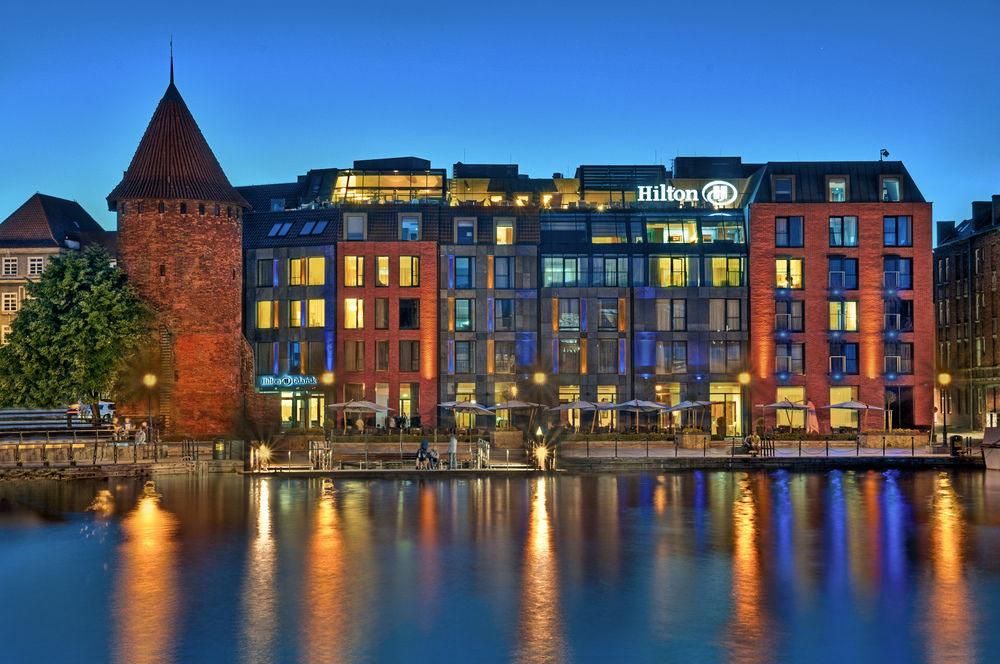
Find hotels in Gdansk
Lowest prices detected by AI for hotels
Best
Cheapest
Star Ratings
AI Recommended
Best Hotels In Gdansk
Cheapest Hotel Deals in Gdansk
Top Rated Hotels
5 Star Hotels in Gdansk
4 Star Hotels in Gdansk
3 Star Hotels in Gdansk
AI-recommended Destinations
Where to stay in Gdansk
More About Gdansk
“The fierce city of the Baltic Ocean”
Gdańsk (; Polish: [ɡdaɲsk] ( listen); German: Danzig [ˈdantsɪç] ( listen)) is a Polish city on the Baltic coast. It is the capital of the Pomeranian Voivodeship and the capital of Kashubia, Poland's principal seaport and the centre of the country's fourth-largest metropolitan area.The city lies on the southern edge of Gdańsk Bay (of the Baltic Sea), in a conurbation with the city of Gdynia, spa town of Sopot, and suburban communities, which together form a metropolitan area called the Tricity (Trójmiasto), with a population approaching 1.4 million. Gdańsk itself has a population of 460,427 (December 2012), making it the largest city in the Pomerania region of Northern Poland.
Gdańsk is the capital of Gdańsk Pomerania and the largest city of Kashubia. With its origins as a Polish stronghold erected in the 980s by Mieszko I of Poland, the city's history is complex, with periods of Polish rule, periods of Prussian or German rule, and periods of autonomy or self-rule as a "free city". In the early-modern age Gdańsk was a royal city of Poland. It was considered the wealthiest and the largest city of Poland, prior to the 18th century rapid growth of Warsaw. Between the world wars, the Free City of Danzig was in a customs union with Poland and was located between German East Prussia and the so-called Polish Corridor.
Gdańsk lies at the mouth of the Motława River, connected to the Leniwka, a branch in the delta of the nearby Vistula River, which drains 60 percent of Poland and connects Gdańsk with the Polish capital, Warsaw. Together with the nearby port of Gdynia, Gdańsk is also a notable industrial center. In the late Middle Ages it was an important seaport and shipbuilding town and, in the 14th and 15th centuries, a member of the Hanseatic League.
In the interwar period, owing to its multi-ethnic make-up and history, Danzig lay in a disputed region between Poland and the Weimar Republic, and later Nazi Germany. The city's ambiguous political status was exploited, further
 Time UTC+02
Time UTC+02 Currency PLN
Currency PLN Languages Polish
Languages PolishWhat’s Special about Staypia?
Compare hotel prices in real-time
AI finds you the lowest price for hotels in Gdansk.
Lowest price for 3.16M hotels worldwide
Book with up to 31% extra discounts only for Staypia members.
Travel bucket list for Gdansk
Plan your trip with over 17K 'must see' recommendations for Gdansk
Frequently Asked Questions
The best hotels in Gdansk are Hilton Gdansk, Hotel Mercure Gdansk Stare Miasto, PURO Gdansk Stare Miasto.
The best 5 star hotels in Gdansk are Hilton Gdansk, Radisson Blu Hotel Gdansk, Podewils Old Town Gdansk. Search for the most highly rated hotels in Gdansk
The most highly rated hotels in Gdansk are Hilton Gdansk, Hotel Mercure Gdansk Stare Miasto, PURO Gdansk Stare Miasto.
Generally, room reservations are subject to a free refund until the cancellation deadline. Fees may apply after the cancellation deadline, so please check the cancellation deadline on your hotel voucher or in Menu > My Reservation.
If you’re a frequent traveler, Staypia is the best place to get the best hotel deals. You can book hotels with the lowest price of 3.16 million hotels collected by AI, and receive additional discounts for members only.



